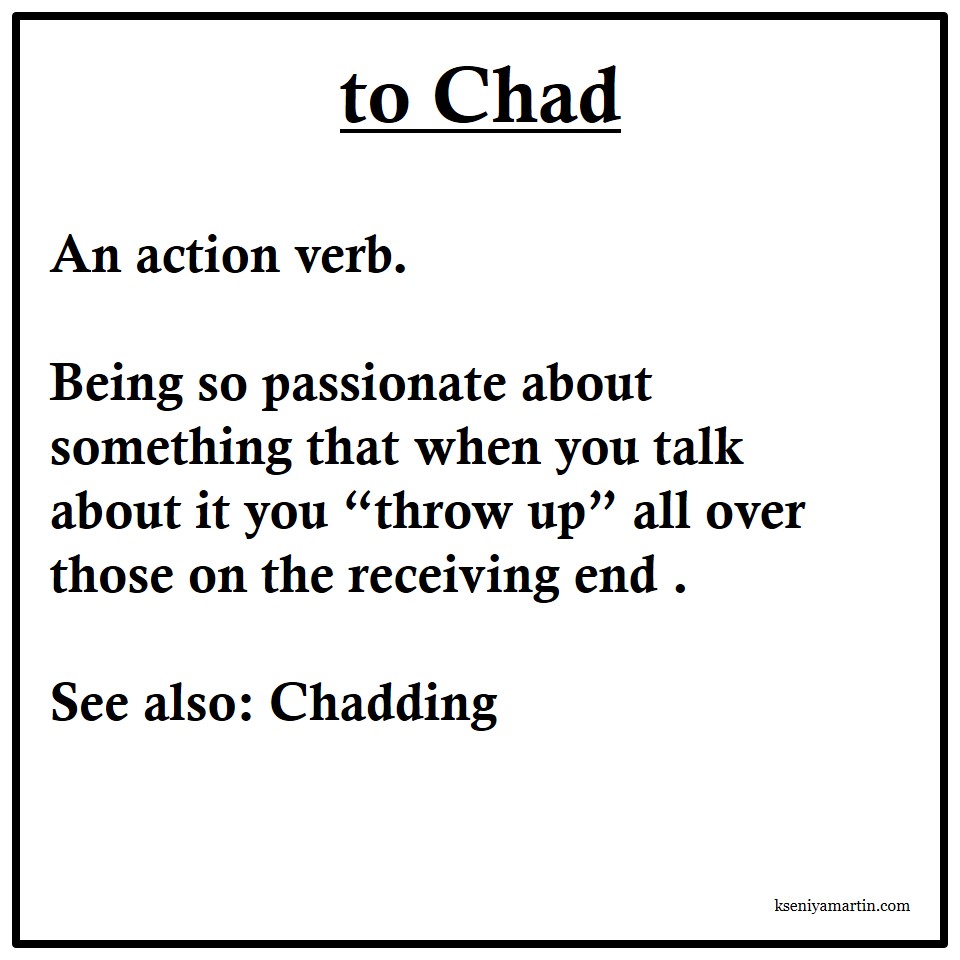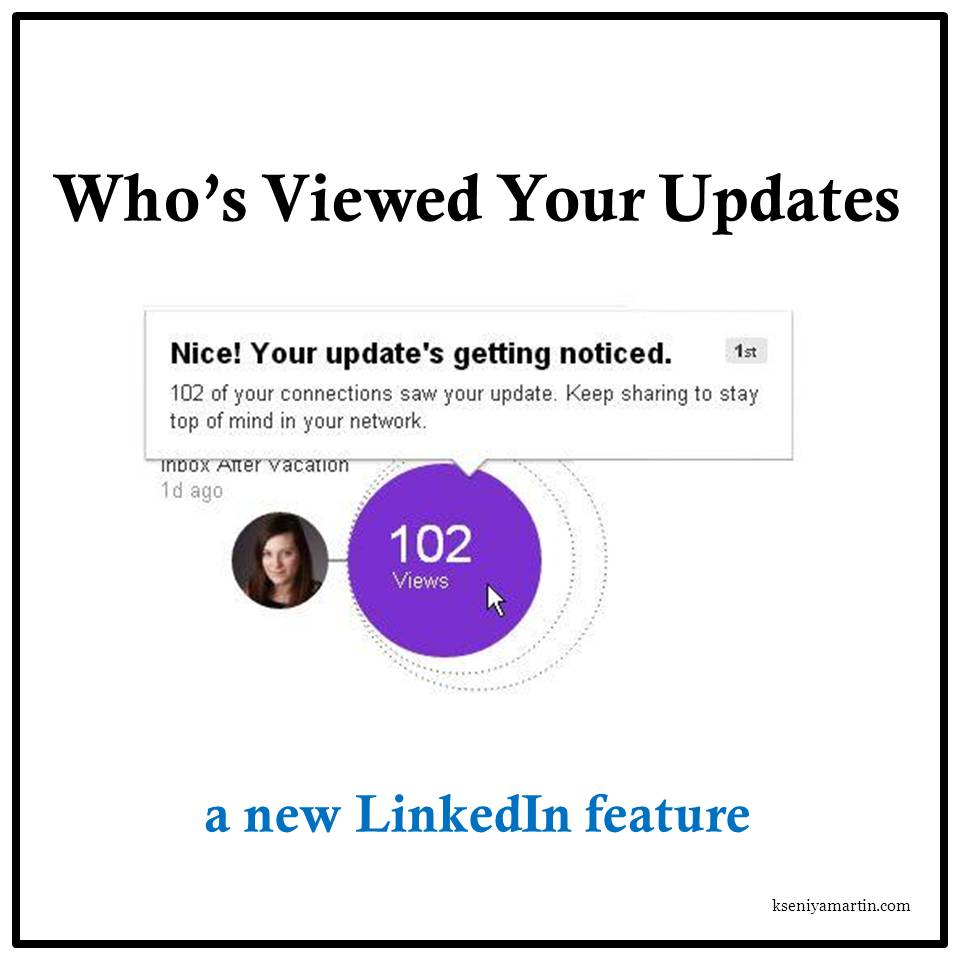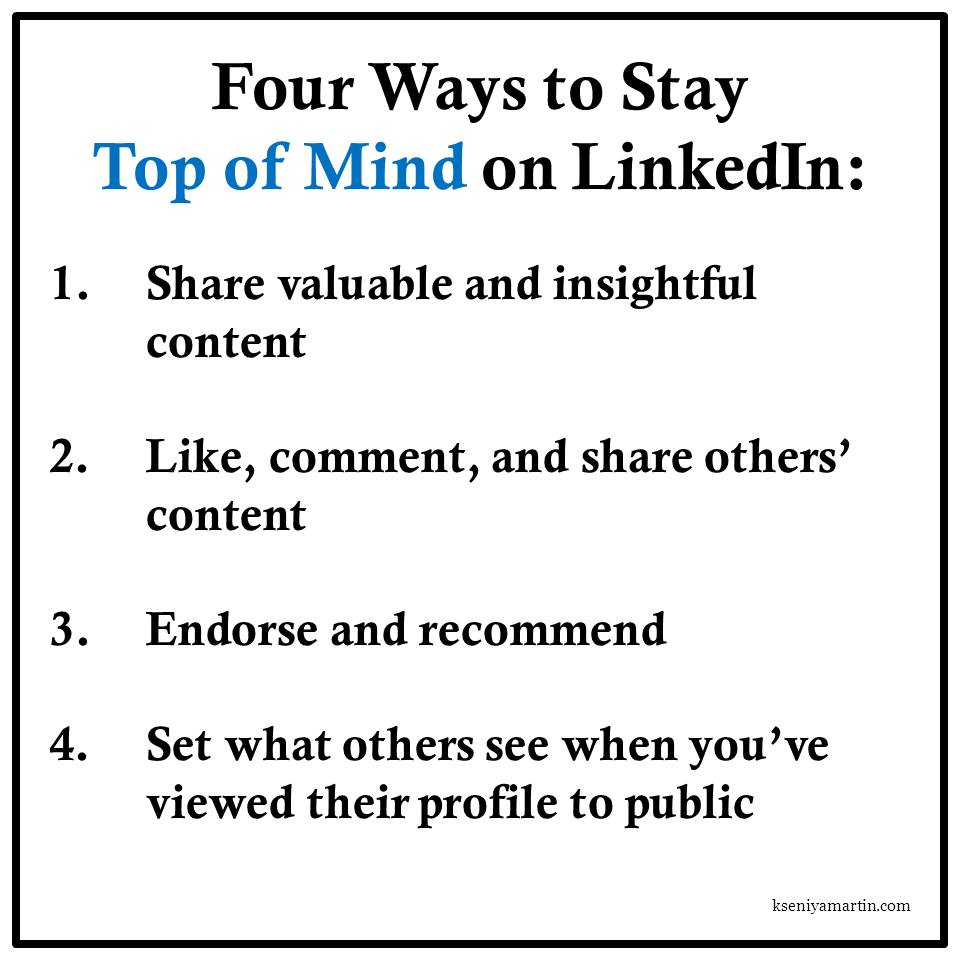Passion
/Earlier this year I was lucky to not only attend TEDxCharlotte but to also be part of the Social Media team. It was an amazing experience and I walked away inspired to make a difference in my community and the world.
There was an underlying theme of passion. The speakers and the room was exploding with it.
One of my favorite talks that day was Chad Henderson of NoDa Brewing Company. You can view it below and/or read the live blog post over on the TEDxCharlotte blog.
I approached Chad at the after party with a NoDa brew in hand to say hello and to let him know I enjoyed his talk. What happened next is best described as someone throwing up their passion all over someone else (also known as "Chadding"). His passion for craft beer was, like everything else that day, inspiring.
I have had moments where I "Chadded" all over someone. It was after one of the Charlotte American Marketing Association monthly meetings. The topic that night was inbound marketing. To say I was geeking out the whole time is an understatement. I live tweeted during the event and then cornered the speakers after their presentation. What happened next was like-minded people Chadding about topics they were passionate about. Among the items discussed were inbound marketing, The Sales Lion, The Challenger Sale, Hubspot e-books, the power of social selling, and content marketing. It's possible that I forgot to breathe a couple of times and my hands did a lot of talking. I was high on passion.
The actual verb "to Chad" came from a conversation with a dear friend of mine when I told her about my TEDxCharlotte and CAMA experiences. Since then, we have used it to describe things that we are passionate about, things that make us come to life.
And yes, Chad is aware of this and I thank him for being a good sport about becoming a verb.
What are you passionate about?






